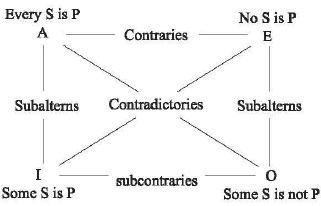UGC NET Paper1 Previous Year Solved Papers - 5th December 2019 Morning Shift
- Option : D
- Explanation : (A) Number of boys and girls are 7x and 8x respectively. (B) Average age of boys = 12.2 years. Average age of girls = 11.4 years. (C) Number of girl- Number of boy = 2 From (A) and (C) 8x - 7x = 2 ⇒ x = 2. ∴ Number of boys = 7x = 14 Number of girls = 8x = 16 From (B), Sum of age of all boys. = 12.2 x 14 = 170.8 Sum of age of all girls = 16 x 11.4 = 182.4 ∴ Average age of 30 students = (170.8 + 182.4)/30 = 11.77 years Hence, statement either (A) are (C) and (B) are required
- Option : A
- Explanation : 10 1902, on the instructions of Lord Curzon, The Indian Universities Commission was appointed to make recommendations for reforms in University education in India. Appointed following a conference on education at Simla in September 1901, the Commission was led by Law member Thomas Raleigh and included among its members Syed Hussain Belgrami and Justice GurDa Banerjee.
44. Identify the communication which is valid as documentary evidence from the following :
- Option : A
- Explanation : Gesturalandnon-verbalcommunicationinclude signals and cues without the use of words. Verbal communication includes the spoken (oral) and written words. Written communication is a formal method of communication and is inflexible. As per Chapter VI of Indian Evidence Act, 1872 deals with exclusion of oral evidence by documentary evidence. Oral verbal evidence of a witness can be considered doubtful if it is in contradiction with the previous statement Documents once put into writing are considered to be the best evidence. The very object for which writing is used is to perpetuate the memory of what is written down, and so to furnish permanent proof of it Section 62 of the Evidence Act makes it clear that primary evidence is the document itself. A "document', as defined in Section 3 of the Act, is any matter which is expressed or described on any substance by means of letters, figures or remarks or by more than one means and which can be used for recording the matter.
- Option : D
- Explanation : Causes of forest fires largely related to climatic conditions such as temperature, wind speed and direction, level of moisture in soil and atmosphere and duration of dry spells. Other natural causes are the friction of bamboos swaying due to high wind velocity and rolling stones that result in sparks setting off fires in highly inflammable leaf litter on the forest floor.



